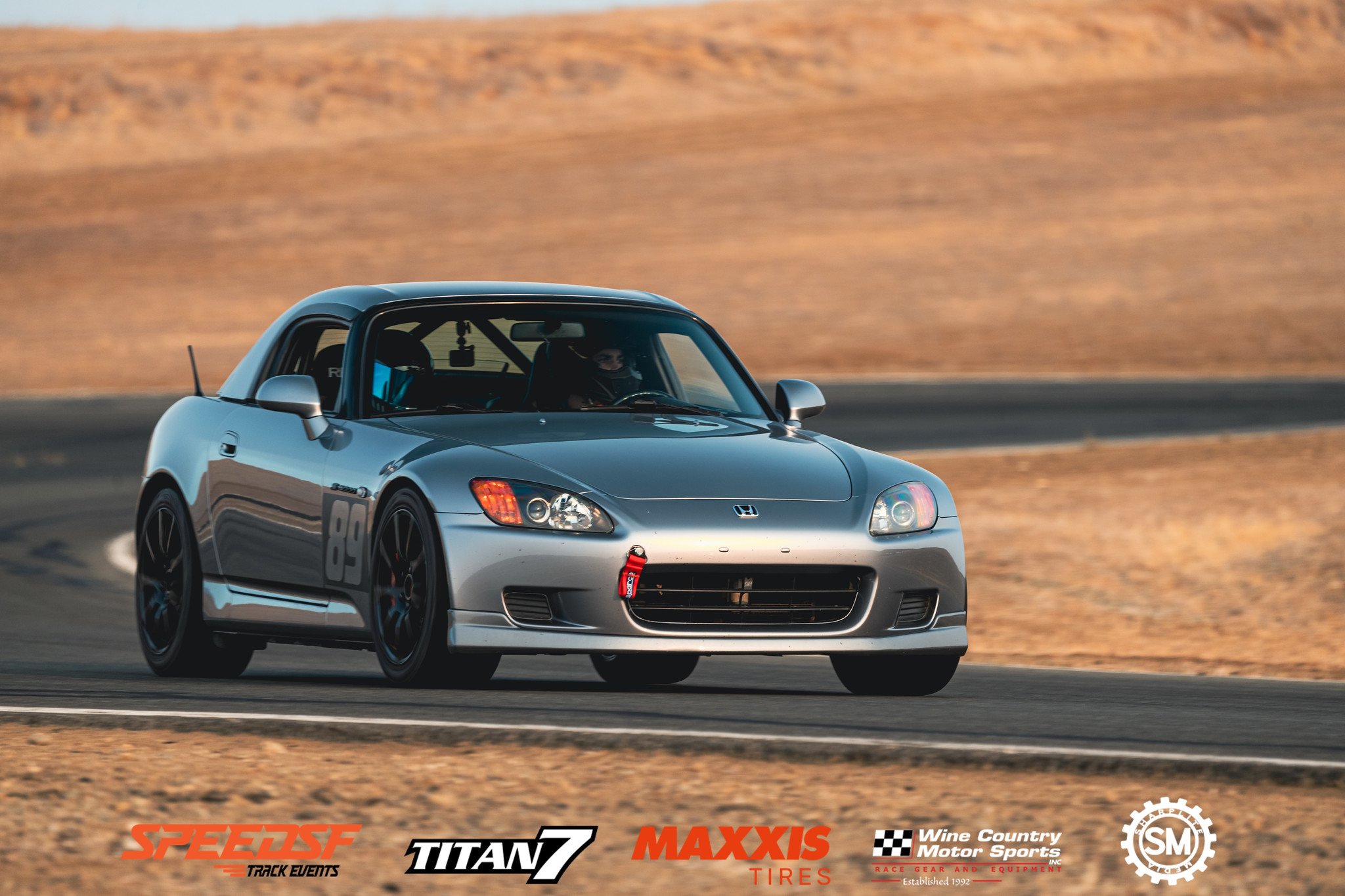
SpeedSF Blog
Every Build Has a Story – Meet the Cars of SpeedSF

Joe’s AP1 S2000: Continuing Education
A couple years before forty, Joe Drane decided to finally give track days a try. Like with everything he’s pursued, he dove in with two feet and built a stunning S2000 in record time.

Alex's AP1 S2000: Earning His Spurs
Tempted to try something livelier than his DC1, Alex bought himself an AP1 S2000 a few years back and learned how lively it really was. He chose his modifications with the aim of making it reliable and predictable, and in doing so, built a foundation upon which he could learn his craft.

James Snell's Supercharged S2000: Bold is Better
Not only did James Snell build himself into a handy driver in just a few years, he made this car—now supercharged—one of the cleanest all-round S2000 track toys in the SoCal scene.

Jake's S2000: Balance and the Best of All Worlds
Jake learned that he really can have it all with his AP1 S2000. Basic but capable, this particular car has just what’s needed and nothing more to make it unreliable. Plus, it looks better than most with a distinct coat of Porsche Chalk.
